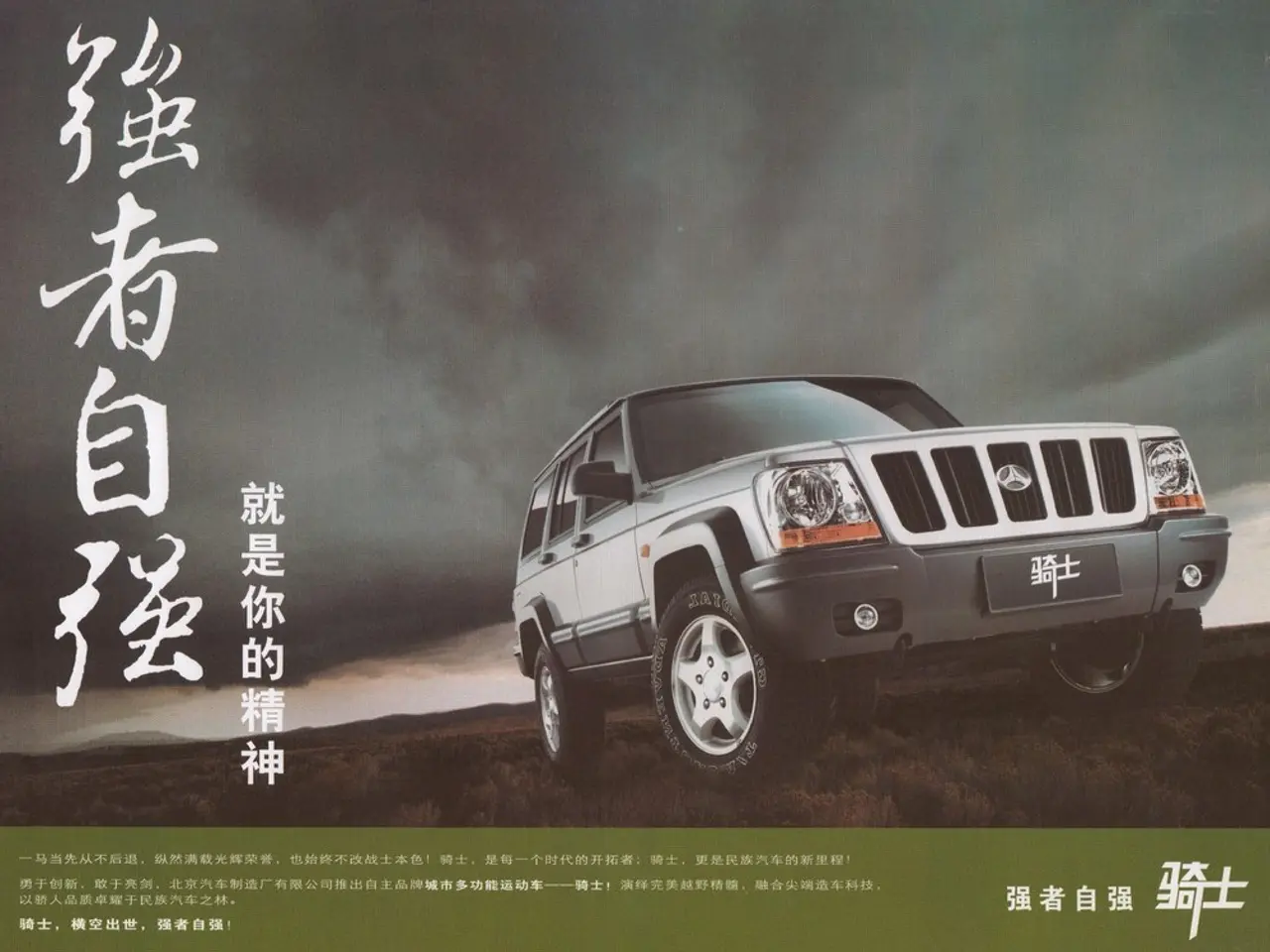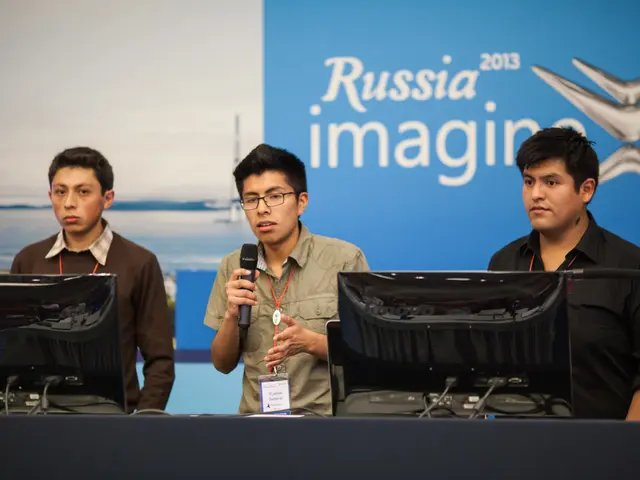Diplomats from Europe and China reach accord on combating climate change, yet remain at odds during tense meeting in Beijing.
The recent bilateral summit in Beijing between China and the European Union (EU) has highlighted a complex relationship, marked by cautious cooperation amid significant underlying tensions.
Trade
Both sides reaffirmed the importance of deepening economic and trade cooperation. China expressed willingness to expand collaboration in traditional and emerging sectors such as artificial intelligence, digital economy, and green development. However, the EU remains concerned about China's economic practices, including overcapacity, state subsidies, and restricted market access. The EU has not seen concrete concessions from China to resolve these structural trade issues, and there are ongoing frictions, notably China’s recent threats to slow exports of rare earth materials critical to EU industries like automotive and renewable energy.
Climate Change
Climate cooperation is one of the relatively positive outcomes of the summit. Both sides issued a joint statement on climate change, signaling readiness to work together on this global challenge, including biodiversity protection and supporting the multilateral system via the World Trade Organization. This area remains a shared interest and a bright spot in their strained relationship.
Cyberattacks
While explicit details on cyberattacks were not highlighted in the official summit communications, the broader EU discourse on China emphasizes strategic and security concerns, including digital and cyber threats. The EU views these challenges as part of the geopolitical difficulties that warrant cautious engagement and calls for stronger measures to manage risks.
Human Rights
Human rights remain a critical point of contention. The EU has consistently raised concerns about China's record, and although the summit focused more on cooperation themes, no significant breakthroughs or concessions on human rights issues were reported. The EU seeks to address these concerns through dialogue but remains clear that human rights will continue to influence their bilateral stance.
Despite these challenges, China is willing to strengthen coordination on climate change but pushed back against EU restrictions on Chinese exports. The EU, on the other hand, has concerns about a looming trade battle with the United States and has leverage because China needs to sell goods to the bloc, making it China's largest export market.
In response to these complexities, the EU has been seeking new alliances elsewhere. The EU and Japan have launched an alliance to boost economic cooperation, defend free trade, and counter unfair trade practices. The EU has also imposed tariffs on Chinese electric vehicles to support its carmakers and has more publicly sought new alliances elsewhere, inking a trade pact with Indonesia and drafting trade deals with South America and Mexico.
The dynamic between the EU and China is one of pragmatic cooperation mixed with unresolved tensions and strategic competition. As the relationship evolves, both parties will need to navigate these challenges to maintain a balanced and productive relationship.
[1] European Commission. (2023). EU-China Summit Joint Statement. [online] Available at: https://ec.europa.eu/commission/presscorner/detail/en/IP_23_1234
[2] European Council. (2023). EU-China Summit: Conclusions. [online] Available at: https://www.consilium.europa.eu/en/press/press-releases/2023/03/25/eu-china-summit-conclusions/
[3] BBC News. (2023). EU-China Summit: What was agreed? [online] Available at: https://www.bbc.co.uk/news/world-europe-65156054
[4] Financial Times. (2023). EU-China summit: relations remain strained. [online] Available at: https://www.ft.com/content/51a9380d-0109-4f67-8f81-8542b9c5a102
- In the 2023 EU-China Summit Joint Statement, both parties expressed their intent to deepen economic and trade cooperation, particularly in sectors like artificial intelligence, digital economy, and green development.
- China's economic practices, including overcapacity, state subsidies, and restricted market access, remain a point of concern for the EU, with no concrete concessions made to resolve these issues.
- The EU and China have pointed out climate change as a shared interest, issuing a joint statement on climate change and biodiversity protection during the summit.
- Cyberattacks were not specifically addressed in the official communications of the summit, however, the EU maintains concerns about digital and cyber threats from China, with a call for stronger risk management measures.
- Human rights remain a significant point of contention between the EU and China, with continuing concerns about China's record on this matter.
- China is open to collaborating on climate change, yet resists EU restrictions on certain exports, making it the EU's largest export market.
- In light of these complexities, the EU has sought new economic partnerships outside China, notably with Japan, Indonesia, South America, and Mexico.
- The global trade landscape is constantly shifting as the EU and China strive for a balance between cooperation, unresolved tensions, and strategic competition.
- As a response to China's threat to slow exports of rare earth materials crucial for renewable energy and automotive sectors, the EU has imposed tariffs on Chinese electric vehicles to safeguard its carmakers.
- In the realm of climate-change and environmental-science, the EU and China pledged to work together and support the multilateral system via the World Trade Organization.
- Collaboration between the EU and China in the field of technology and finance, including data-and-cloud-computing, investing, and wealth-management, has significant potential for both economies.
- The EU-China relationship is further complicated by geopolitical issues like war-and-conflicts, politics, general-news, crime-and-justice, accidents, and sports-betting.
- The ongoing EU-China relationship involves a delicate balance of strategic positioning, with migration and travel factors playing a role in its formation and evolution.








